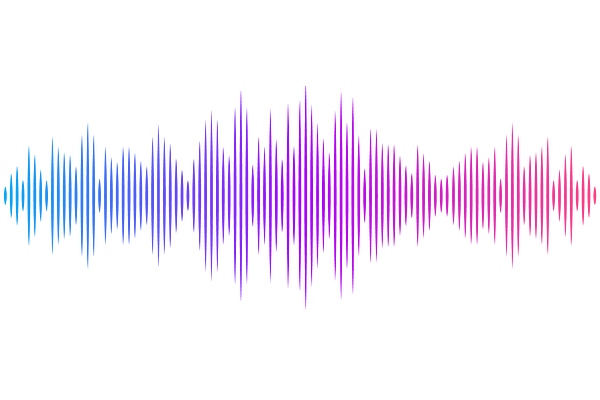EVALUATION OF STAINING FOR FIBRONECTIN ISOFORMS IN LIVER DISEASES

EVALUATION OF STAINING FOR FIBRONECTIN ISOFORMS IN LIVER DISEASES
Hamelmann, S.; Sarmiento, J.; Bung, T.; Menhem, M.; Cohen, A. J.; Gooch, G.; Thevenot, P.; Burshell, A.; Nakchbandi, I. A.
AbstractFibronectin is an ubiquitous extracellular matrix protein, that is produced by the hepatocytes contributing to circulating fibronectin, and by the hepatic stellate cells contributing to fibrotic bundles. Fibronectin is required for the accumulation of collagen type I, the main fibrotic collagen in liver disease. It is presumed that cellular fibronectins including EDA-containing, EDB-containing and oncofetal fibronectin are the ones localized to the fibrotic bundles, since these isoforms are increased in the presence of fibrosis and cirrhosis in patients with liver disease. The aim of this work was therefore to evaluate the distribution of the various isoforms and determine whether they are detected in the hepatocytes too or whether they are indeed limited in their expression to fibrotic bundles. Total fibronectin was detected in hepatocytes particularly in healthy liver tissue. In advanced disease, fibronectin staining seemed diminished. All three isoforms, EDA-, EDB-, and oFN were detected in hepatocytes or the fibrotic bundles, with EDB being the most abundant. Interestingly, the isoforms did not fully account for all of fibronectin. Staining patterns confirmed that the three isoforms are not limited to the fibrotic bundles, but are also found in the hepatocytes. This contradicts the common notion that cellular fibronectins precipitate and are localized in the matrix, and explains why they can be measured in the circulation. Finally, there is some convergence between the presence of the isoforms in the fibrotic bundles and the elevation of their levels in the blood stream at least in chronic hepatitis C and cholestatic liver disease. This is in line with a high degree of complexity of fibronectin distribution and effects.